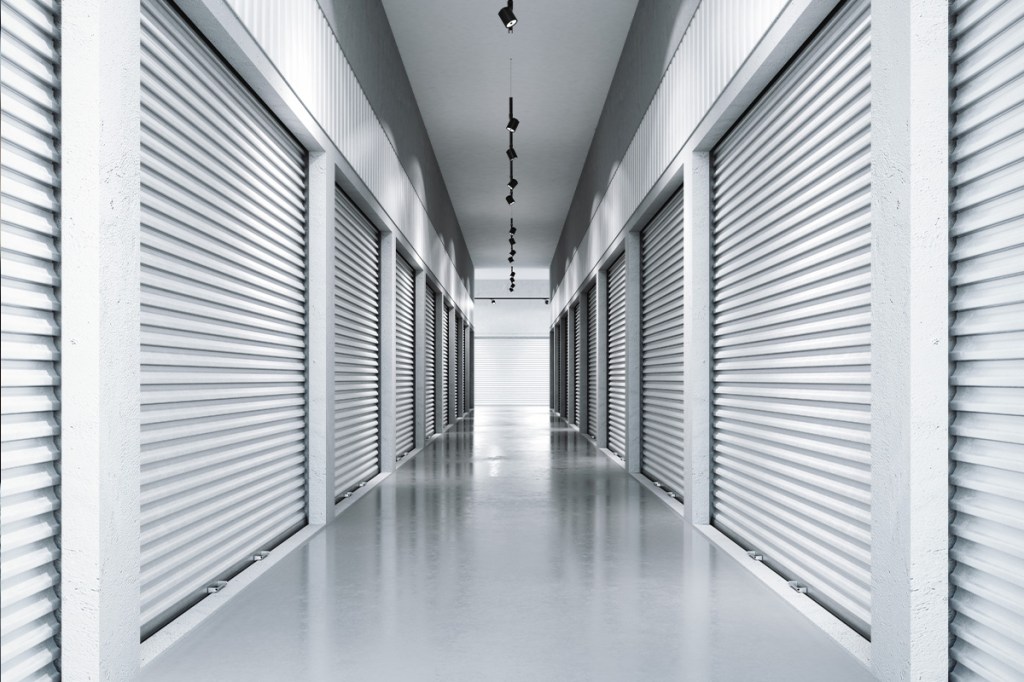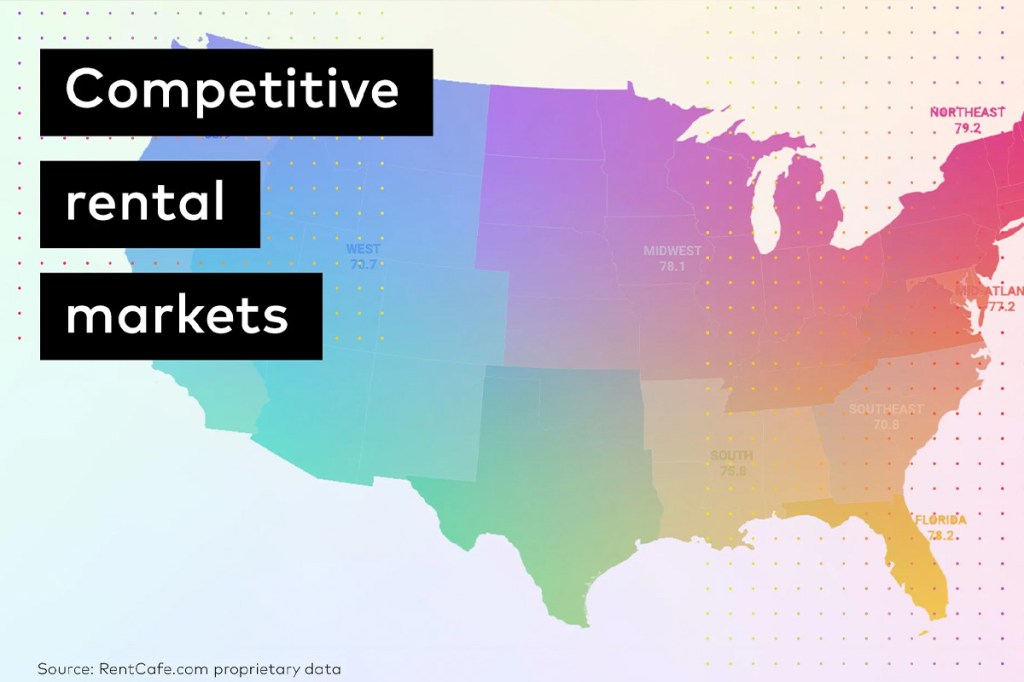
Self storage has been steadily gaining popularity. Even when pandemic lockdowns forced many business closures, storage facilities remained open to provide much-needed space. In response to the increase in demand, the storage sector adapted and flourished, widening its customer base in the process.
StorageCafe surveyed storage renters in 2023, 2022 and 2021, finding that demand for storage is still changing, along with the people who use it. In fact, the sector’s recent progress puts it in a good position for continued growth. It’s serving a younger, more diverse group of customers, tackling issues like household clutter, vehicle parking and business logistics.
Increasing clutter drives demand for self storage
The surveys identify a growing need for storage post-pandemic to solve the problem of clutter in the home. This demand is strongly motivated by financial factors, with housing costs rising faster than wages and many people living in smaller spaces than they would like and finding that their possessions are crowding them out.
Apartments are getting smaller too. By 2022, the average size dropped to 887 square feet, which is 54 square feet less than a decade ago (and 30 square feet smaller than in 2021). Renting a storage unit nearby has become a popular solution for storing seasonal clothes, sports gear and other items that take up valuable living space.
Storage finds a younger audience
The surveys also reported that the sector’s client base is getting younger, with more millennials renting storage than ever before. As to what’s actually being stored: furniture and clothing are consistently the items they most often put into storage, while Gen Xers are the main storers of sports gear.
New demands encourage unit size diversification
The demand for different storage unit sizes is also changing. Modern options range from small 5×5 lockers to huge spaces for vehicles or industrial equipment. Standard 10×10 storage units and 5×10 units were the sizes most preferred by the surveys’ respondents. Yardi Matrix data reveals that 10×15 and 10×20 sizes are also common.
The surveys show a slight decrease in popularity for small units. Usage of 5×5 units fell to 14% from 17% last year, while usage of 5×10 units dropped by a percentage point. Large 10×30 units are still utilized by 10% of renters, while 10×15 units saw a popularity hike, up to 14% from 12% last year. Interestingly, preference for storing road vehicles increased quite considerably, up to 8% from 6%.
Still going strong
Indeed, the storage sector is still riding high on its pandemic-era gains. Real estate developers have been watching these trends and investing heavily in storage. After all, this is an industry known for weathering crises well and adapting quickly to changing demands, and that’s been especially true in recent years.


